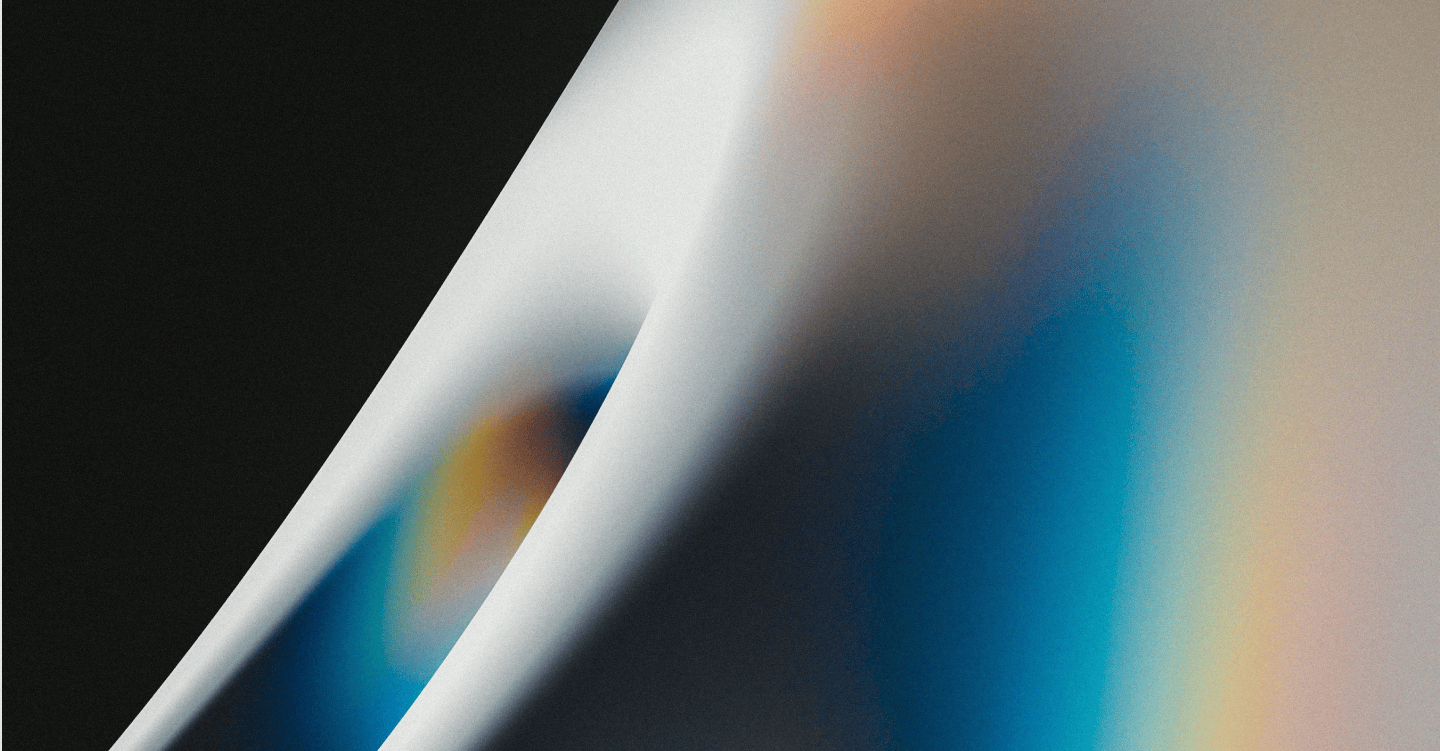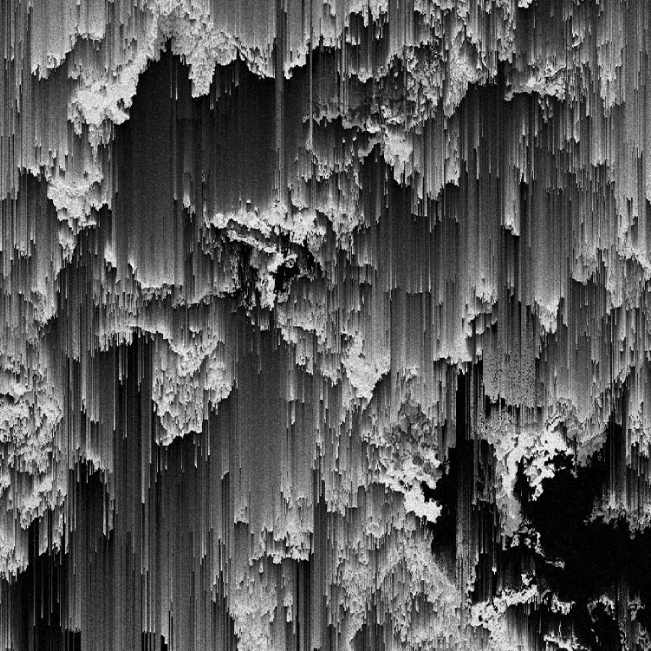Exploring the Symbiotic Relationship between Architecture and Environmental Graphic Design
12.11.2024
In the world of design, the marriage between architecture and environmental graphic design (EGD) is a captivating tale of form meeting function, where visual storytelling intersects with spatial experience. Let’s delve into this symbiotic relationship that not only enhances the built environment but also communicates narratives, brand identities, and cultural messages.

- Harmony in Design: At the core of this relationship lies the seamless integration of architectural elements with graphic interventions. EGD doesn’t merely adorn spaces; it becomes an intrinsic part of the architectural language, shaping how we perceive and navigate through environments. From wayfinding signage to immersive installations, every design choice contributes to a unified experience.
- Sustainability and Conscious Design: As stewards of the built environment, architects and EGD practitioners bear a responsibility to create sustainable, eco-conscious designs. This partnership extends beyond aesthetics, encompassing considerations like material selection, energy efficiency, and the promotion of human-centric spaces. By blending form and function with environmental sensitivity, we pave the way for a greener, more resilient future.
- Elevating Brand Identity: In the realm of commercial architecture, EGD serves as a powerful tool for expressing brand narratives and values. From corporate headquarters to retail spaces, graphic elements play a pivotal role in reinforcing brand identities, fostering emotional connections, and leaving a lasting impression on visitors. Through strategic placement and thoughtful design, architecture becomes a canvas for brand storytelling.
- Creating Memorable Experiences: Beyond aesthetics and brand representation, the collaboration between architecture and EGD aims to craft memorable, immersive experiences for occupants and visitors alike. Whether it’s transforming a mundane corridor into a vibrant gallery space or using interactive installations to engage audiences, this partnership unlocks the potential for sensory-rich environments that resonate on a deeper level.
In conclusion, the relationship between architecture and environmental graphic design transcends mere embellishment; it’s a dynamic interplay of form, function, and storytelling. By harnessing the synergies between these disciplines, we have the opportunity to shape environments that not only inspire awe but also foster connectivity, sustainability, and meaningful human experiences.
Let’s continue to celebrate and explore the endless possibilities of this creative alliance!









